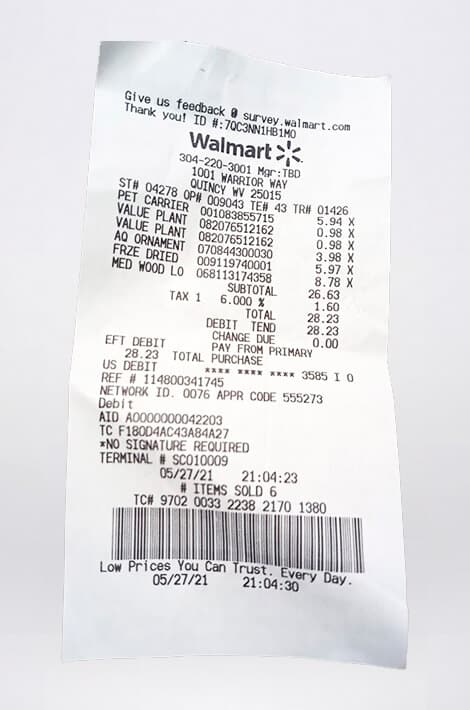Last Updated on November 2, 2025
The potential for receipt scanning API technology to enrich our lives – making it easier than ever to keep a firm grip on our expenditure. Understandably the technology holds much promise, and with capabilities evolving all the time it shouldn’t be too long before receipt scanning becomes as integral to our lives as emailing.
However, with the technology in the earlier stages of its generational lifespan, some consumers have experienced niggling issues that prevent the mobile technology from meticulously capturing receipt data.
Now this is hardly cause for concern, but it’s worth noting that there are distinct reasons why receipt scanning technology can occasionally fail to scan and record data. Here are three reasons why some mobile receipt scanners may fail to capture your data.
Paper and Photo Quality
As simple as it may seem, the paper quality of your receipts can prevent some receipt scanning APIs from accurately captured and recording data. Pale or illegible receipt text is difficult for even the most advanced APIs to capture.
Crumpled receipts that have been left inside pockets, or those that have been left at the bottom of a desk drawer for weeks or even months at a time, may have see the line details fade. This makes it difficult for a mobile receipt scanner to accurately record data line by line. A great tool will often be able to recover data from faded receipts.
Receipt scanning recognition technology is advancing all the time. Thanks to contrast adjustment, adaptive image binarization (conversion from colour or grayscale tones to black and white), line optimisation recognition and auto correction, receipt scanning API software is more advanced than ever before. The technology is now capable of capturing and recording accurate data, even from receipts of poor quality.
National and Regional Specific Receipt Content
Each country has its own receipt data visualisation and tax data. Optimal receipt and document scanning API OCR bills formats for that matter should be able to find data efficiently. This is especially important given that a receipt in Dubai will have different features to a receipt in China.
In China, for instance, it’s quite common for a receipt to include a mixture of hieroglyphs and Latin characters. This is the same other countries too – such as Korea and Japan. The Latin and hieroglyphic text are also printed in a different font. This can lead to recognition failure.
Typically, when recognising the differing elements of a receipt, typically receipt scanning technology will first find hieroglyphs, then Latin and finally optimal character recognition (OCR.) The more varied the text on the receipt, the greater chance for recognition mistakes and failures.
Thankfully, as receipt scanning API technology evolves it becomes more and more easy to identify even the most diverse of character elements on the receipt. And, those that don’t live in the Far East needn’t be concerned with character recognition either.
Letter and Number Shape and Size
One of the more common reasons why some receipt scanning API technology fails to capture data is nothing to do with character recognition, individual elements, paper quality or a blurry photo but due to misspelled words or unrecognisable font on the receipt.
In some instances, the letter ‘O’ is recognised as the letter ‘C’. This can occur with receipts that feature text that’s squashed together. Perhaps, most notably, this issue is most aptly highlighted with receipts that fail to recognise the total amount of expenditure.
However, given that receipts tend to have a standardised font, albeit different depending on your geographical location, generally receipt scanning API recognition software can distinguish letter shape and size, meaning that you won’t have to worry about losing valuable data. Read more at the Receipt OCR News area.




